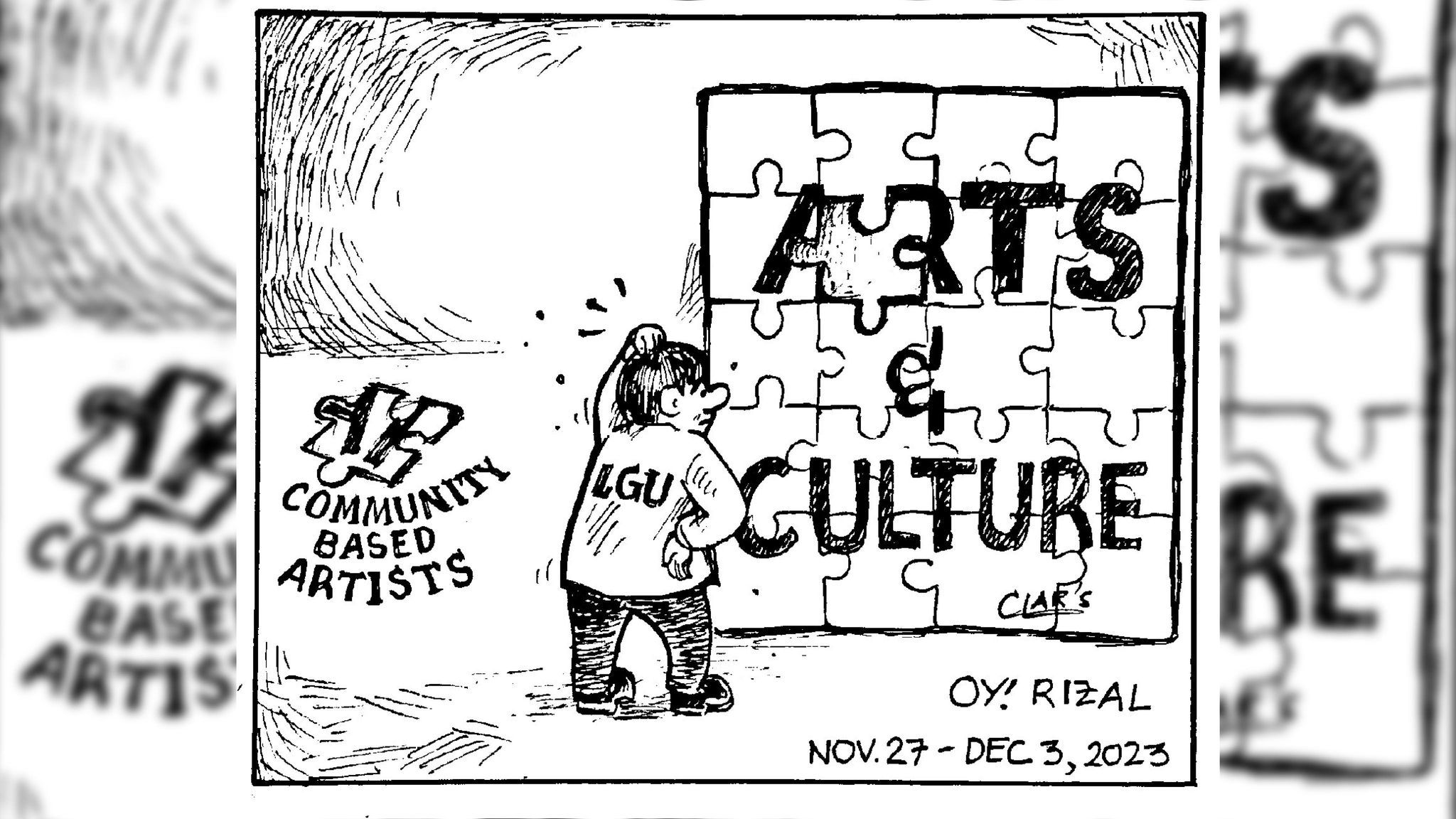FOR one, arts and culture have traditionally been seen as a minor policy concern for local government units (LGU) spending a huge chunk of its resources on infrastructure projects.
However, recent developments have served to give the arts a new importance as a major contributor to a range of policy initiatives within local government. In fact, most of the 81 provinces in the country are moving heaven and earth to become a tourist destination.
Interestingly, not all seemed to fully comprehend as to what makes a place worth the visit. Booming infrastructure developments and sprawling business establishments don’t make a place attractive. It’s actually the other way around.
Tourists usually want something that is far from the noise, pollution and stress while living or working in the city – greenery, hospitality, heritage, culture and arts are among the reasons why Rizal has become a favorite place to go not far away from Metro Manila.
While tourism creates jobs and economic opportunities for some, what is overlooked is the fact that as we are slowly undergoing this rite of passage from urban to rural, community-based artists and cultural workers are being left out and are not being engaged in the cultural affairs of the community.
This gap in LGU perspectives misses an important aspect in fostering a more complete understanding of the identity of a community.
Many community-based artists and cultural workers are not made to become part of the subject of history in institutions and agencies like museums, libraries, historical societies, and cultural centers, or in the creation of local culture and arts councils even though they produce the cultural work.
They are rarely seen as playing a significant role in community development, because of the belief that artists are not capable of administering, planning, promoting, and executing specific art programs.
But if they are excluded from these institutions that serve as the platforms by which history and policies are concretized, then it’s not a complete story for the community.
Interestingly, not all local government units in Rizal have given a premium on local artists. Of the 14 localities, there are only three LGUs which have been steadfast in supporting local talents – Angono, Antipolo and Binangonan.
Of the three, Angono reigns as it has been referred to (unofficially though) since 2002 as the Arts Capital of the Philippines.
#OpinYonRizal #Editorial #ArtsTourismAndLocalGovernment #LGU #Arts #Tourism #Rizal #ArtsCapitalOfThePhilippines #OpinYon #WeTakeAStand
